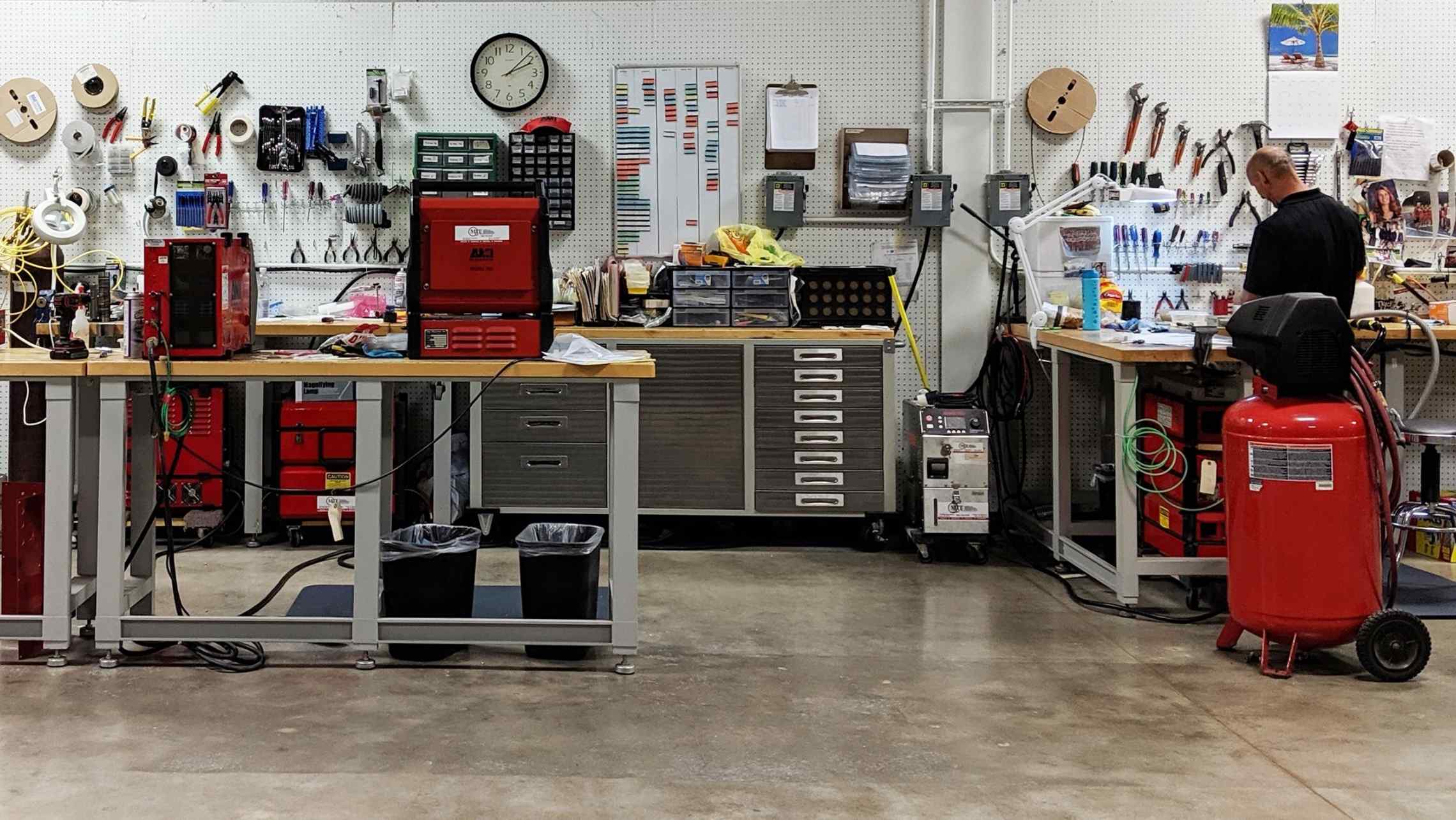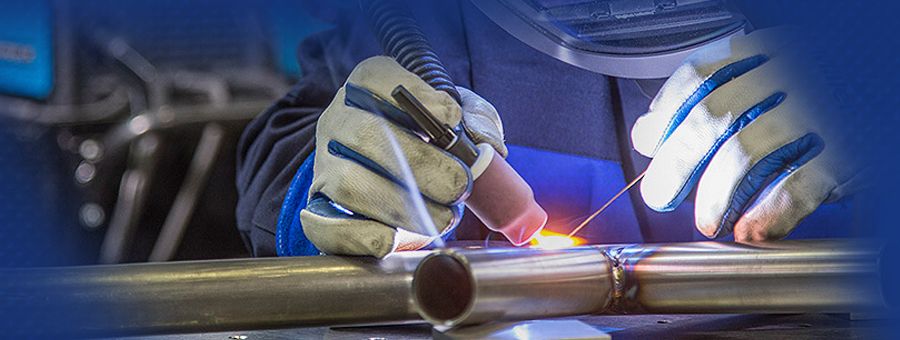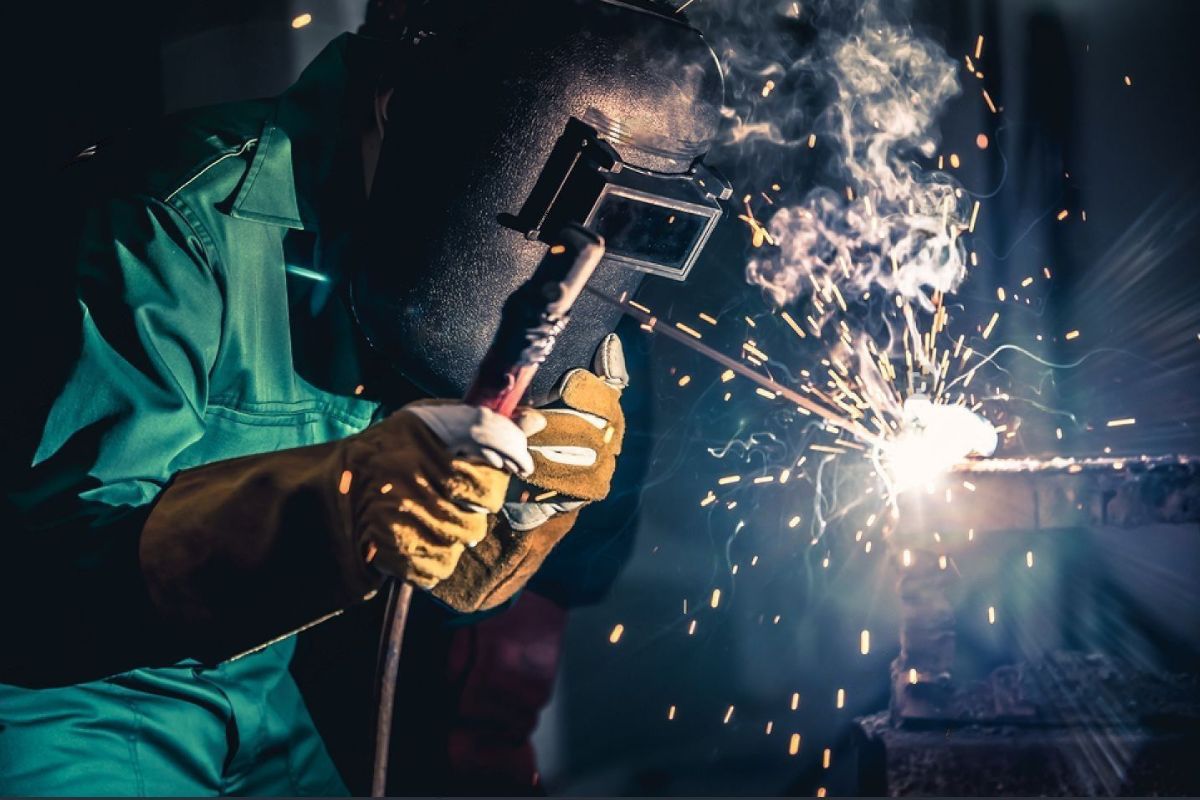Usual Welding Fixing Issues and How to Address Them Effectively
Welding repair services typically run into a series of problems that can endanger the honesty of the end product. Typical troubles include inadequate infiltration, porosity, and misalignment, amongst others. Each flaw presents unique challenges that require specific approaches for resolution. Recognizing these problems is vital for welders aiming to boost their end results and abilities. This conversation will explore these common welding repair concerns and reliable approaches to resolve them.
Poor Penetration
Inadequate infiltration takes place when the weld steel fails to fully fuse with the base material, leading to weak joints and possible architectural failings. This problem often originates from inadequate warmth input, incorrect electrode angle, or improper welding rate. Welders might experience inadequate penetration because of a miscalculation of the needed specifications for a certain product thickness or type. In addition, contamination on the base material's surface area can prevent efficient bonding, exacerbating the trouble. To deal with insufficient penetration, welders need to assure suitable setups on their devices and preserve a tidy job surface area. Routine examination of welds is advised to determine any kind of deficiencies early, enabling prompt adjustments and the avoidance of endangered structural stability in welded assemblies.
Porosity
Porosity is an usual issue in bonded joints that shows up as small gas bubbles trapped within the weld steel. This problem can endanger the stability of the weld, leading to decreased stamina and possible failure under stress. Belgrade. Porosity generally occurs from contamination, moisture, or inappropriate welding techniques, which permit gases to escape into the molten weld swimming pool. To attend to porosity, welders should ensure appropriate surface preparation, keep a tidy functioning atmosphere, and use suitable welding criteria. Furthermore, picking the right filler material and securing gas can reduce gas entrapment. Routine evaluation and testing of welds can assist recognize porosity early, guaranteeing prompt rehabilitative actions are taken, consequently protecting the top quality and dependability of the bonded framework
Misalignment
Misalignment in welding can occur from different aspects, consisting of incorrect arrangement and thermal development. Recognizing the source is vital for effective resolution. Numerous correction methods are offered to realign parts and ensure structural stability.
Sources of Misalignment
Welding imbalance usually originates from a selection of underlying problems that can jeopardize structural integrity. One primary reason is inappropriate fit-up of components prior to welding, which can cause spaces and uneven surfaces. Variations in thermal growth throughout the welding process can likewise cause distortion, especially if the products being signed up with have different coefficients of growth. Additionally, poor securing and fixturing might stop working to hold components securely in location, resulting in activity during welding. Inadequately maintained devices, including welding machines and tools, might present disparities in the weld grain, more adding to imbalance. Operator mistake, stemming from not enough training or experience, can also play a significant function in creating misaligned welds.

Modification Strategies Available
Addressing imbalance successfully calls for a mix of corrective methods customized to the particular issues handy. One common method is the usage of jigs or components to hold parts in the correct position throughout welding, making certain constant positioning. In addition, preheating the products can help decrease distortion and boost fit-up. For considerable imbalance, mechanical realignment methods, such as making use of hydraulic jacks or clamps, can be used to remedy the setting before welding. Post-weld heat treatment might likewise be essential to eliminate tensions triggered by imbalance. Lastly, careful examination and modification during the configuration phase can protect against misalignment problems from becoming considerable troubles, advertising a smoother welding process and boosting general architectural honesty.
Distortion
Distortion is a typical obstacle in welding that can occur from numerous aspects, including unequal heating & cooling. Recognizing the sources of distortion is vital for carrying out effective avoidance strategies. Resolving this issue not only enhances architectural integrity however likewise boosts the overall high quality of the weld.
Root causes of Distortion
When based on the extreme heat of welding, materials often undertake adjustments that can cause distortion. This sensation mostly develops from thermal development and contraction throughout the welding process. As the weld location warms up, the product expands; upon air conditioning, it acquires, which can create interior stresses. On top of that, irregular heating throughout a workpiece can worsen these anxieties, resulting in warping or flexing. The kind of product likewise plays a considerable function; metals with differing thermal conductivity and coefficients of development may react differently, causing unpredictable distortions. In addition, inadequate joint layout and insufficient fixturing can add to misalignment throughout welding, raising the possibility of distortion. Understanding these reasons is crucial for efficient welding repair work and avoidance techniques.
Avoidance Techniques
Efficient prevention strategies for distortion throughout welding emphasis on controlling check here warmth input and ensuring correct joint design. Maintaining a consistent heat input assists to reduce thermal growth and contraction, which can result in distortion. Using techniques such as preheating the work surface can also reduce the temperature level slope, promoting consistent heating. In addition, choosing proper joint styles, such as T-joints or lap joints, can enhance security and lower stress and anxiety focus. Carrying out appropriate fixturing to safeguard the workpieces in area further help in keeping placement during the welding process. Lastly, staggered welding series can disperse warmth much more evenly, stopping localized distortion. By applying these approaches, welders can greatly reduce the chance of distortion and boost the overall top quality of their welds.
Fracturing
Cracking is an usual problem come across in welding fixings, frequently resulting from various factors such as incorrect air conditioning rates, material selection, or inadequate joint preparation. The incident of fractures can greatly compromise the integrity of the weld, resulting in prospective failures during procedure. To address this problem, welders must first assess the source, guaranteeing that products work and appropriately picked for the details application. Additionally, controlling the cooling rate throughout the welding procedure is crucial; fast cooling can induce stress and result in splitting. Correct joint style and prep work likewise add to reducing the risk. Carrying out these approaches can boost weld quality and longevity, ultimately decreasing the chance of breaking in completed weldments.

Incomplete Fusion
A substantial problem in welding repair services is insufficient combination, which happens when the weld steel does not effectively bond with the base product or previous weld passes - Montana Mobile Welding and Repair Belgrade Welding. This issue can cause weaknesses in the joint, potentially jeopardizing the integrity of the bonded structure. Elements contributing to insufficient combination consist of inadequate heat input, inappropriate welding technique, and contamination of the surfaces being joined. To resolve this issue successfully, welders must assure proper pre-weld cleaning and surface area preparation, along with readjust their welding specifications to accomplish adequate infiltration and blend. Regular inspection during the welding procedure can additionally aid identify insufficient blend early, allowing for timely restorative measures to enhance the total top quality of the weld
Overheating
While welding repair work can improve structural honesty, overheating provides a substantial obstacle that can cause product destruction. check here Too much heat during welding can change the mechanical homes of metals, causing reduced stamina, increased brittleness, and bending. This phenomenon is specifically critical in high-stress applications where architectural reliability is extremely important. Recognizing getting too hot can entail visual assessments for discoloration or distortion, along with checking temperature throughout the welding procedure. To alleviate the risks related to overheating, welders must use suitable methods, such as managing warmth input, readjusting traveling speed, and making use of suitable filler products. In addition, executing pre- and post-weld warmth therapies can assist bring back product residential properties and enhance the total high quality of the repair service, making sure long-lasting performance and safety and security.
Often Asked Inquiries
What Are the Typical Indications of a Welding Defect?

Just How Can I Test My Welds for Quality?
To check welds for high quality, one can use aesthetic assessments, ultrasonic screening, and radiographic approaches. Each technique ensures architectural honesty, recognizes defects, and confirms adherence to specified criteria, ultimately boosting the integrity of the welded joints.
What Safety Precautions Should I Take While Welding?
When welding, one need to focus on security by using appropriate individual safety equipment, making certain proper ventilation, safeguarding combustible materials away, preserving a tidy workspace, and understanding environments to protect against injuries and crashes.
Can I Fix a Weld Without Redesigning the Entire Joint?
Repairing a weld without renovating the whole joint is feasible, relying on the damage (Fabrication). Strategies such as grinding, including filler product, or making use of a welding procedure can efficiently address specific flaws while maintaining the surrounding structure
What Tools Are Crucial for Reliable Welding Repair Works?
Crucial devices for reliable welding repair work include a welding device, cord brush, grinder, protective gear, clamps, and filler materials. Each tool plays an essential duty in making sure high quality and safety throughout the repair work process. Porosity commonly emerges from contamination, dampness, or incorrect welding techniques, which allow gases to get away right into the molten weld pool. Inadequately maintained devices, consisting of welding makers and tools, may introduce incongruities in the weld bead, more contributing to imbalance. When subjected to the extreme heat welding stinger of welding, materials typically go through changes that can lead to distortion. Cracking is an usual issue run into in welding repair work, usually resulting from numerous aspects such as inappropriate air conditioning prices, product selection, or inadequate joint prep work. A considerable issue in welding repair services is incomplete fusion, which happens when the weld steel does not sufficiently bond with the base product or previous weld passes.